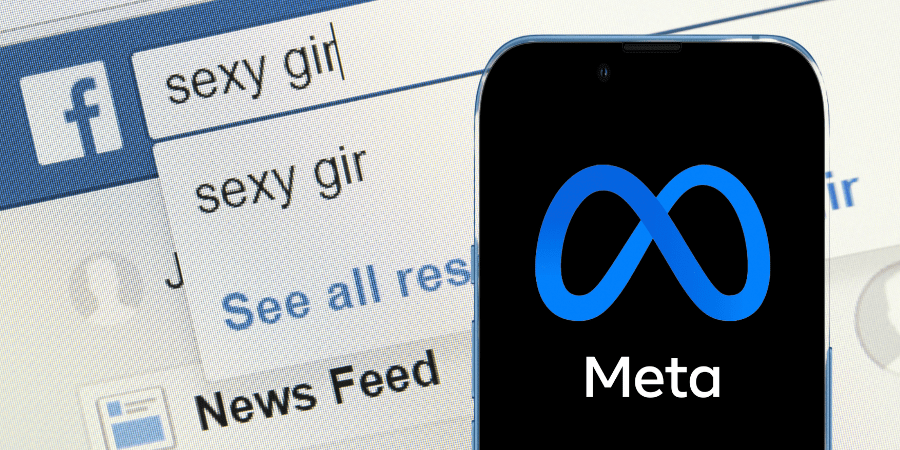
The National Center for Missing and Exploited Children has unveiled a new internet service named Take It Down that empowers teenagers to manage inappropriate videos and images of themselves available online.
This article will discuss how the tool works, its limitations, and its potential impact.
Key Takeaways:
- Take It Down is a new tool to combat online exploitation of children and teenagers.
- The tool allows anyone to create an anonymous digital fingerprint of an explicit image or video, known as a hash.
- Participating tech companies can use the hash to remove the images from their services, but it does not work on other sites or encrypted platforms like WhatsApp.
- Take It Down is designed for people who have reason to believe that their images are already on the web or could be in the future.
- Reporting incidents to law enforcement is still crucial for ensuring perpetrators are held accountable and preventing them from victimizing others in the future.
How Take It Down Works:
Take It Down allows anyone to create an anonymous digital fingerprint of an explicit image or video, known as a hash.
This hash is added to a database that participating tech companies, such as Facebook, Instagram, Yubo, OnlyFans, and Pornhub, can use to remove the images from their services.
However, images on other sites or encrypted platforms like WhatsApp cannot be removed.
Who Can Use Take It Down:
The tool is designed for people who have reason to believe that their images are already on the web or could be in the future, such as teens who share intimate photos or are extorted for images.
Take It Down aims to give teens control over their images without involving law enforcement, which may not be anonymous.
Meta’s Previous Attempts:
Meta attempted to create a similar tool back in 2017 called StopNCII, which aimed to combat non-consensual intimate images (aka “revenge porn”). However, the tool failed to gain traction as it asked people to send their encrypted nudes to Facebook, which was not a trusted company even in 2017.
Meta, formerly known as Facebook, introduced a new tool in 2021, called StopNCII, which is available to anyone worldwide, but is managed by the UK Revenge Porn Helpline, a UK-based nonprofit organization.
The tool utilizes a hashing system that tech companies use to identify, remove and report images of child sexual abuse to law enforcement.
The Take It Down project aims to have more companies participate, but Twitter and TikTok are yet to join.
How Take It Down Aims to Combat Sextortion
Take It Down is designed to fight against the increasing issue of “sextortion,” which involves minors being manipulated or tricked into sharing private pictures or videos with someone on the internet. Afterward, the perpetrators threaten to expose these images online unless they comply with their demands.
Antigone Davis, who oversees safety at Meta, stated that Take It Down is just one of the several methods the company utilizes to combat child abuse and exploitation on its platforms.
The service functions with both genuine and artificial intelligence-based images, including “deepfakes” that simulate actual individuals performing or uttering something that they didn’t.
Other Companies’ Involvement:
Many tech companies already use the hash system to share, take down, and report images of child sexual abuse to law enforcement.The objective is to encourage additional companies to join the Take It Down initiative, although Twitter and TikTok have not made any commitments as of now.
Implications and Limitations:
Take It Down is a significant step forward in the fight against online exploitation of children and teenagers, giving them control over their digital footprint and preventing the spread of explicit content online.
However, it’s worth noting that the tool is not a substitute for involving law enforcement in cases of online exploitation. Reporting incidents to the authorities is still crucial for ensuring perpetrators are held accountable and preventing them from victimizing others in the future.
 Sections of this topic
Sections of this topic















